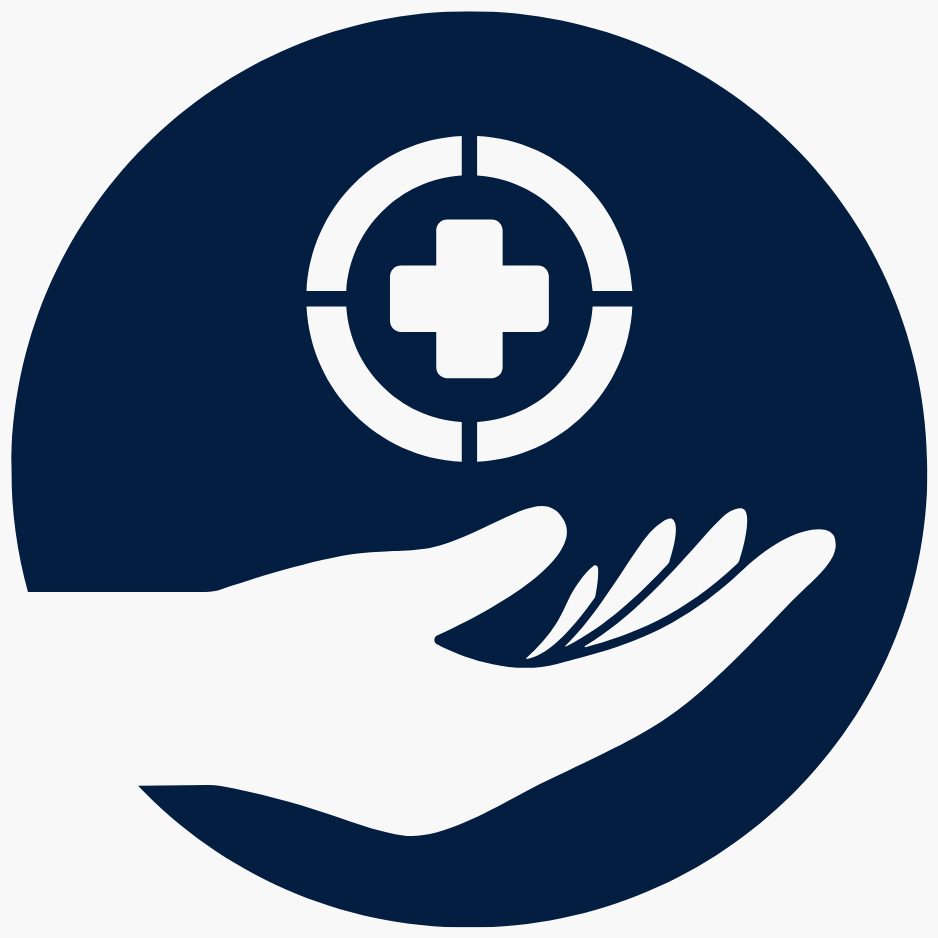
Facts About Co-Occurring Disorders
Comorbidity is more common and more complex than most people realize. People with co-occurrence may face unique challenges, compared to individuals who have a single disorder.
Who is Affected?
|
Who Gets Treatment?
|
There are many effective treatments for both mental and substance use disorders. A comprehensive treatment approach will address both disorders at the same time. Not everyone with co-occurring conditions gets the treatment they need:
|
Barriers to Mental Health Treatment
|
Among adults with co-occurring disorders who did not receive mental health care, their reasons for not receiving it were:
|
Barriers to Addiction Treatment
|
Among adults with co-occurring disorders who did not receive substance use care, their reasons for not receiving it were:
|
Source: National Institute on Drug Abuse; National Institutes of Health; U.S. Department of Health and Human Services.







